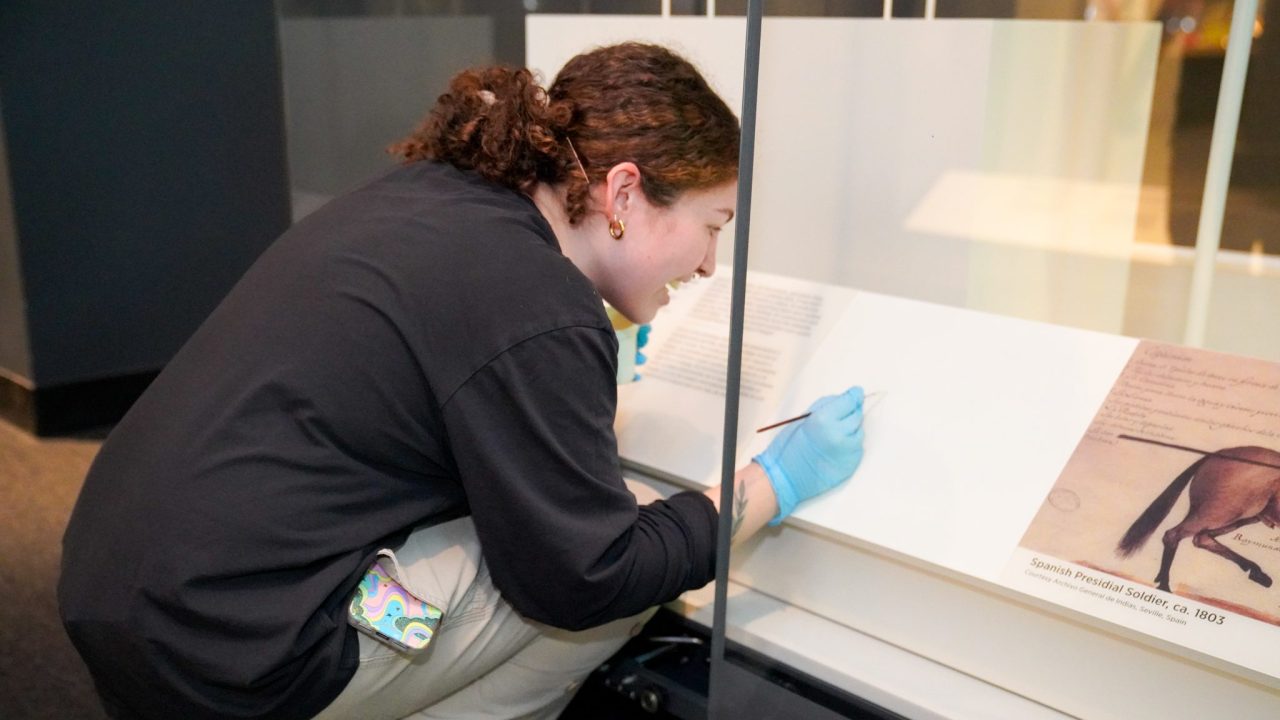
Earlier this year, the National Council of Nonprofits released a report documenting that workforce shortages continue to be a major problem for US nonprofits. The report also identified strategies being successfully deployed to recruit and retain scarce staff, among them identifying career advancement opportunities. In this guest post, director Margaret Koch and museum apprentices Samantha Garza and Minsu Kwon share how the Bullock Texas State History Museum is already deploying that tactic to provide pathways for advancement within the organization.
–Elizabeth Merritt, VP Strategic Foresight and Founding Director, Center for the Future of Museums
In January of 2024, the Bullock Texas State History Museum launched two new apprentice positions in an effort to provide starting points for future museum careers. These positions are full-time, entry-level jobs with benefits starting at a minimum wage of sixteen dollars an hour. The positions split duties, with twenty hours spent in Visitor Services and twenty hours spent assigned to a specific department matching a successful candidate’s interests. Intentionally, the positions remain open-termed without an end date. The Bullock’s goal in offering these positions is to serve as a steppingstone for museum professionals to rise in their skills and leadership potential.
The concept developed in response to what Bullock department heads were seeing in the hiring process—an increase in applicants with relevant academic degrees, but little to no proven museum skills or experience that met the position requirements. This correlated with what many colleagues have been hearing from museum program graduates, who report that their prior short-term internships (or lack thereof) do not provide enough experience to get to the interview stage in a competitive job market.
It took several years of internal discussions and researching state classifications (the Bullock is a state-governed museum) to develop a unique hybrid job description we thought would best entice a substantial, diverse, and multifaceted pool of applicants. We posted the job in the fall of 2023 and the response was gratifying—twenty applicants with bachelor’s and master’s degrees who were currently working primarily in retail and restaurants, but eager to put the theoretical aspects of their education to work. We interviewed nine applicants, using a matrix approved by HR to score them on a points system, and offered positions to two, who both accepted.
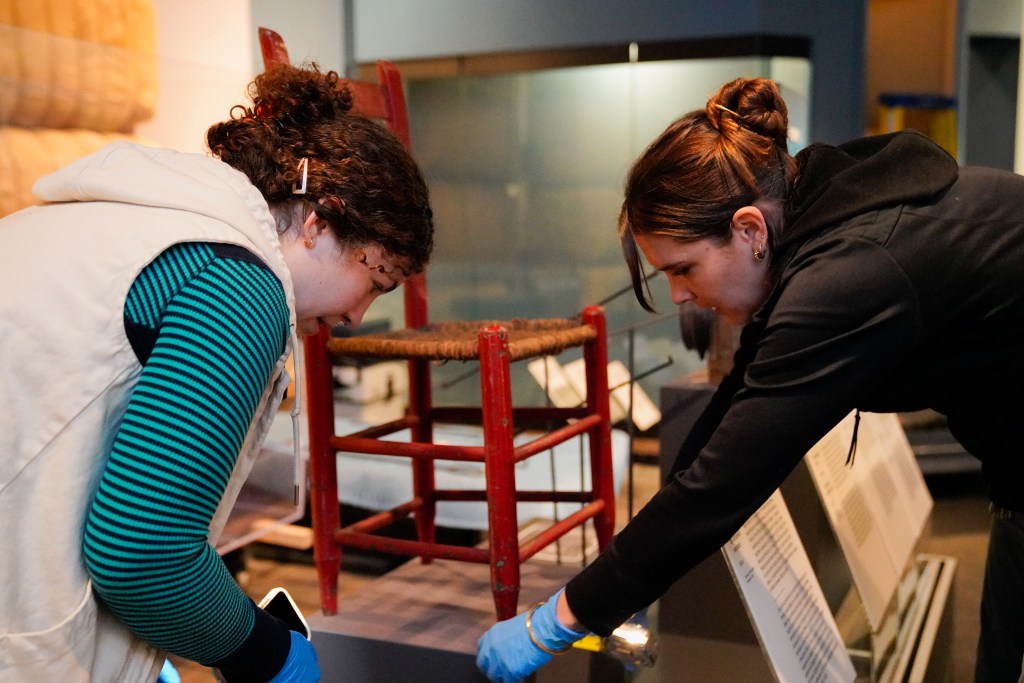

After seven months, the apprentices’ progress and growth are measurable; they are attaining hands-on skills in interactions with the public and in our Exhibit Technicians and Registrarial teams, respectively. The supervisors are also growing in their management and teaching skills and have gained dedicated and eager team members who are actively moving department projects forward.
We anticipate that this model will continue to be mutually beneficial overall. Among the advantages:
- On paper and in practice, the value of what an institution does to serve its mission becomes clear, since the positions are full-time and fully integrated into the departments, rather than a few hours a week for a semester.
- Apprentices practice skills needed in the field daily, and while they may work on various projects, they see them develop from start to finish.
- These positions entail deep conversations between different departments, which encourages sharing from colleagues about other museum roles. The participation of apprentices in regular intra- and interdepartmental meetings further enhances their understanding of museum operations and proves effective in tracking the progress of upcoming exhibits and projects. Such updates also fill potential information gaps resulting from a schedule that is divided between two departments.
- The title “apprentice” sets expectations to learn from practice and conveys permission to pose questions, carrying more influence than a title of “intern.”
- Being entrusted with problem-solving on tangible projects encourages initiative and critical thinking as apprentices weigh the options; fallback support from supervisors is available when needed.
- Learning the jargon and vocabulary that is used, whether specific to the institution or industry-wide, goes beyond the theoretical. This instrumental knowledge aids apprentices in discussing their ideas and projects with precision in an environment that positions them as colleagues.
- Through front-line customer service work, they see and hear how behind-the-scenes roles impact visitors’ experiences each day.
- Apprentices now see themselves in the field, are learning their strengths and passions, and can imagine a career path ahead. This opportunity allows them to evaluate how their skills align with their professional interests and to re-prioritize their focus according to what they see is needed to be successful.
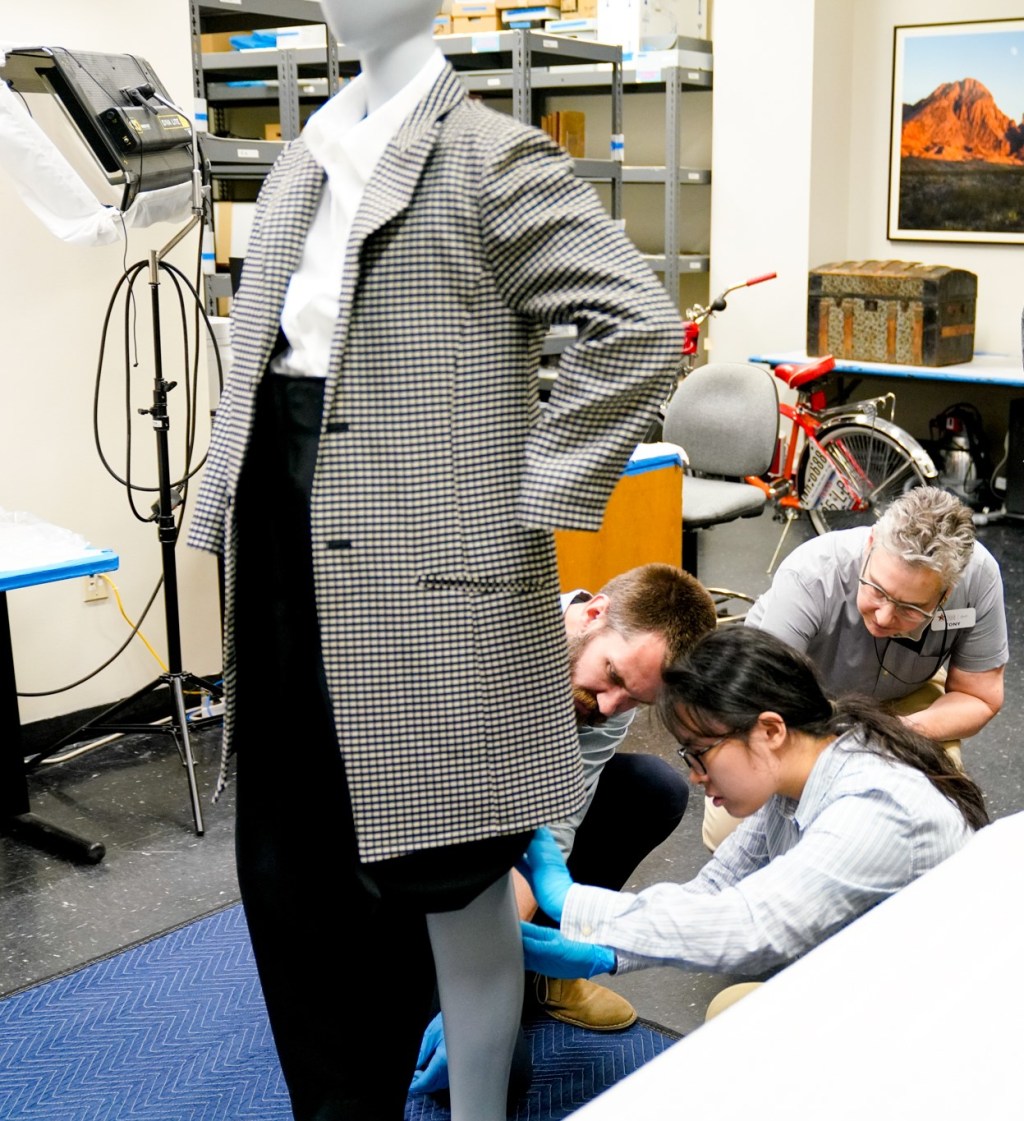
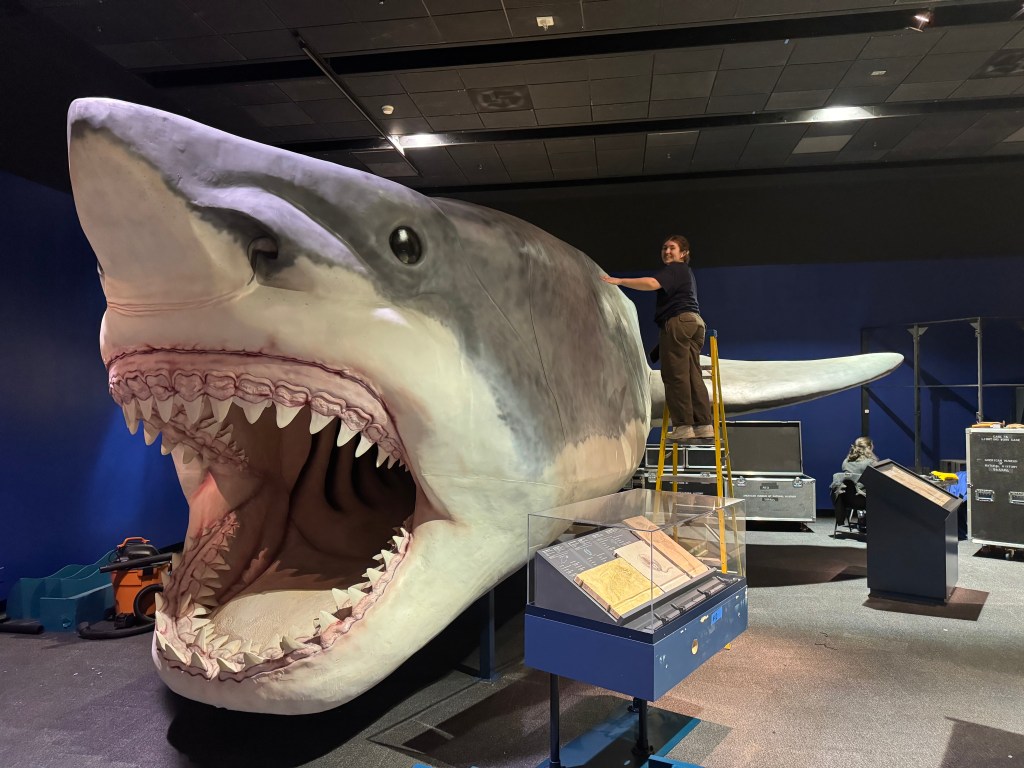
For future apprentice positions, the museum plans to prep supervisors more thoroughly on the administration expectations for their roles and the goals of their apprentices. We’ve realized that it would have been beneficial to have more immediate supervisor involvement and support earlier in the position creation process to collectively set defined measures of success and levels of acquiring skills. Administration meeting regularly with supervisors has alleviated some of those concerns.
Apprenticeships in the trades are certainly not new. In a multitude of museum environments, they offer advantages above the internship level, especially as so many internships remain unpaid or are unavailable after graduation. Providing entry points for future leaders to gain quality experiences while earning a salary with benefits is worth the planning and long-term investment.
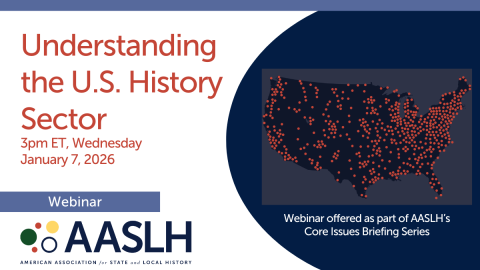




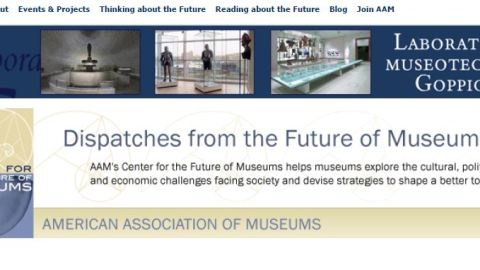
This initiative is a strong move. So much of what museum professionals do goes beyond the theoretical and is built on hand-on experience, which can be difficult to get if one cannot afford to volunteer or accept an unpaid internship. Bringing new people on board and valuing their labor and time from Day One sends a powerful message about workplace culture that the entire staff can appreciate.
I’m also pleased to see the forward-looking aspect of building career pathways and developing future leaders. However, an ongoing challenge that remains is that in many museums (especially those affiliated with academic or governmental institutions), economic/financial advancement and career advancement are rigidly linked. This creates a structure within which many positions will have continual “churn” as people keep transitioning out of them and into other roles, while only a few positions will see more long-term occupancy. Staff members conclude that in order to attain a sustainable salary, they need to be promoted out of the job that they came to the museum field to do, or must have their duties and responsibilities expanded at the expense of doing their core work in order to “justify” higher compensation.
Many museum professionals working in collections conservation and research, exhibit design and fabrication, or education don’t necessarily want to become department directors or administrators, but remaining in their current position offers little or no opportunity for significantly higher earnings. If they don’t have access to other resources to make that work in the long term, they leave.
While I applaud any efforts to develop future museum leaders (we’ll need them!), I think it will be crucial for us to also find ways to create sustainable careers in the many roles that are not directoral/managerial (and thus not always viewed as leadership roles) but are still essential to keeping the functionality and upholding the obligations of the museum.
Great to see this example of moving from an internship model to an apprenticeship model. At the Irving Archives and Museum we began utilizing an apprenticeship program model in 2019 and have found it incredibly successful. While we are not able to offer full-time, they are part-time paid positions (which we have successfully increased to a living wage for the next budget cycle) with no end date. We work with our apprentices to explore various museum career interests and they are essential members of our team. One apprentice is now a full-time manager at IAM and another transitioned to a part-time archivist role and is key to our succession planning for our Asst. Director of Archives and Collections. We have found it a successful pathway for diversifying our staff and bringing fresh perspectives to our exhibitions, programming, and collections. Highly encourage museums to explore this model.